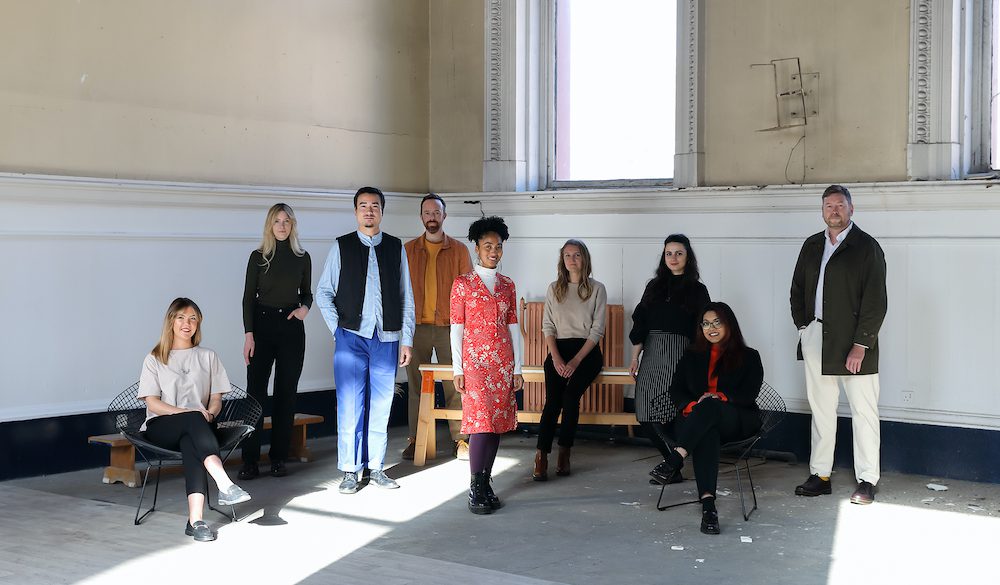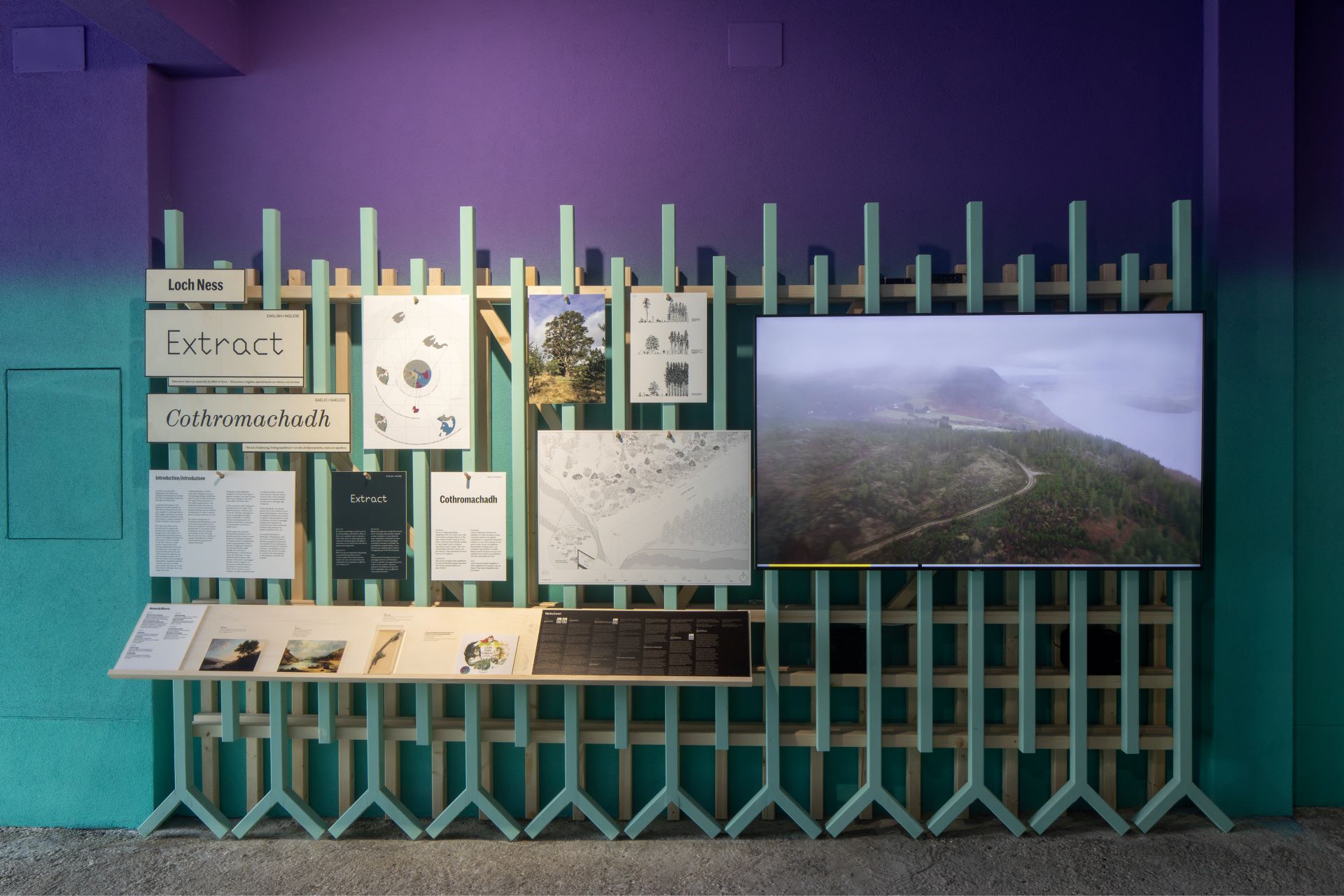In response to A Fragile Correspondence, Eilidh Akilade explores land ownership – imagined, formal, and otherwise. Centring around the Isle of Lewis, the piece looks to the island’s history, familial encounters with the natural landscape, and the Gaelic language. The piece interweaves the island’s complex history of land ownership with a collective voice looking to a family’s experiences & imaginations.
The Isle of Lewis is 683 square miles. The island has frequent high winds and its beaches are known for their white sand and caves. Approximately 77% of its land is held in crofting tenures. Its blanket bog – named Lewis Peatlands – covers one third of the island. The land is mainly flat, much of it fertile.
Garden/Gàradh. We tip Gran’s old jars into each ditch, flat chests against flat ground. The rushes give way to something sunken, thick and green and brown, and it moves all by itself, we swear. Sleeve ends dampened – worthwhile for fairies’ sake. Our jars: ditch-full, heather-stirred, pine-stuffed. Hold it up to the light! See the glisten, that’s them. One calls them sithiche and we all pretend to understand. Land now fantastical, when jarred. Taken inside. Held. Sell them to our grown-ups? No, it wouldn’t be right. We return our fairies to their ditch and they are with themselves once more.
Lord Leverhulme bought Lewis in 1918, seeking to modernise the island through reviving its fishing industry. But industrialisation was not necessary; land reform was. The people protested with land raids, in Gress, Tong, and Coll.
Beach/Tràigh. Coll and its white sands stretch past sight; we choose a pool, behind a slight dune, and claim only that as our own. One warns of the tide and we are serious now. We build, we don’t know what: razor shells as walls; mussel shells to rest. It’s ours, ours! Press ownership into sand. Our water, it is cold and clear – we see all that is ours: crab, anemone, seaweed. A sheep skull scares but protects. We are sure we will return tomorrow and all the days. A wave takes; leaves something for another.
Leverhulme’s attempts had failed. In 1923, he gifted Lews Castle and his Lewis Estates to the Parish of Stornoway. The castle was initially built as a country house for Sir James Matheson, who had bought the island in 1844. Luxury holiday apartments were opened in parts of the castle in 2017.
Croft/Croit. We are older now; we have just the in-between of garden and beach. A relative’s sheep are there. It belongs to all of us but it legally belongs to Gran’s second eldest son. Tradition-fenced. Now think of a home. All glass and dark wood. Green linoleum floor, like Gran’s. Nicer wallpaper. But how to pipe, to path, a land stranded. And the view – they didn’t like the windmills, think of the view! Too many of us to house to preserve a view. But peat heated? No! There’s no peat under this bit, one says, and we understand. We are not here for the Romantic, anyways. Leave the imagined unbuilt upon the land. From, of, the land.
*
We are not sure what it means to be owned by land. But we are certain the land owns this: all that is ours and all that is not; all that exists and all that does not. The land is enough for all of this.
Originally published in MAP Magazine, 14 August 2023



